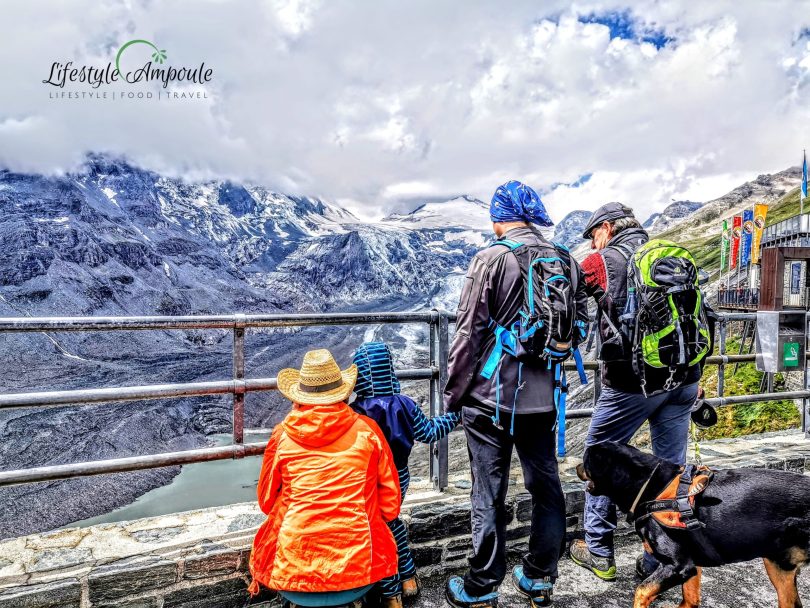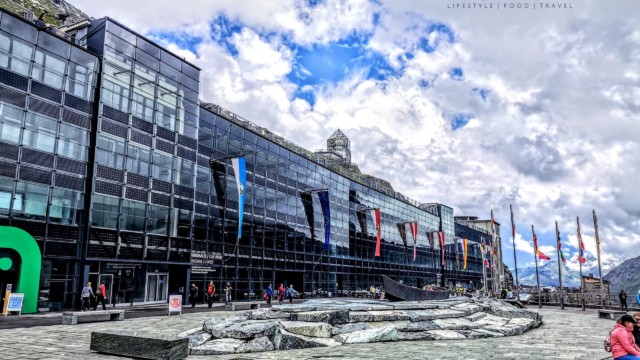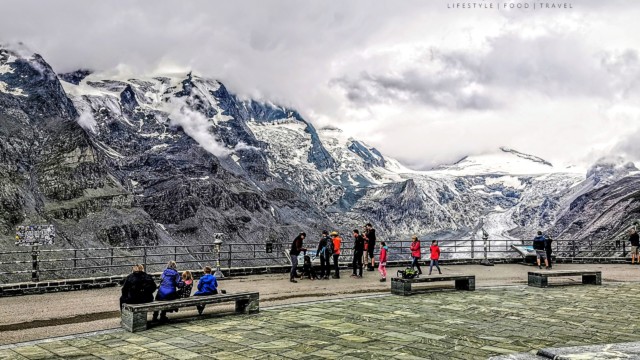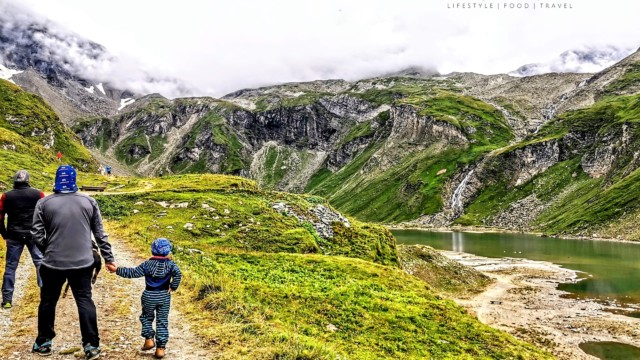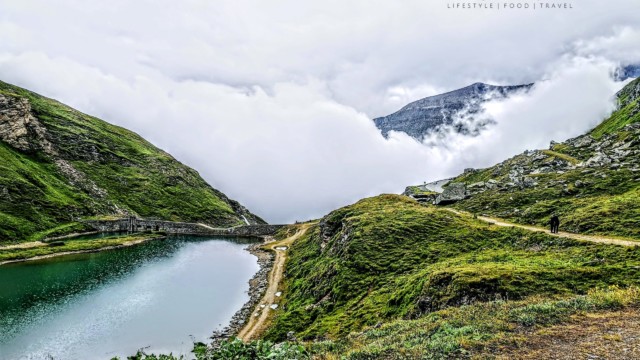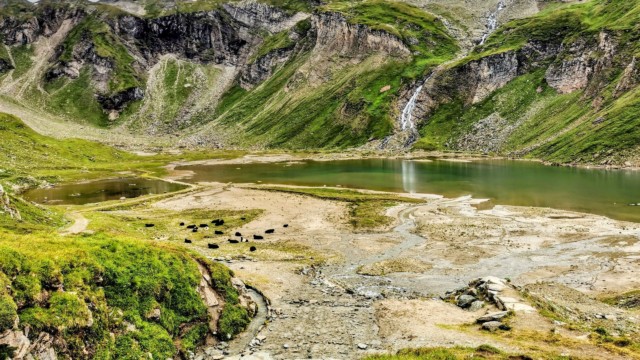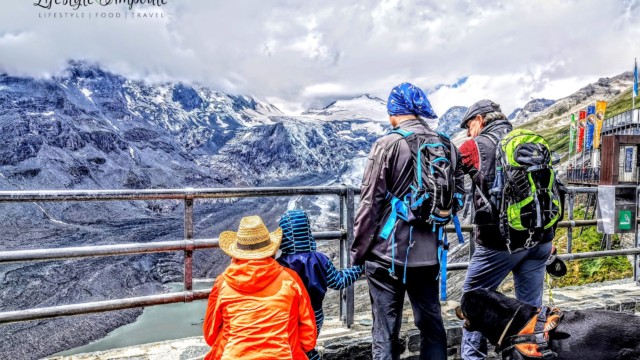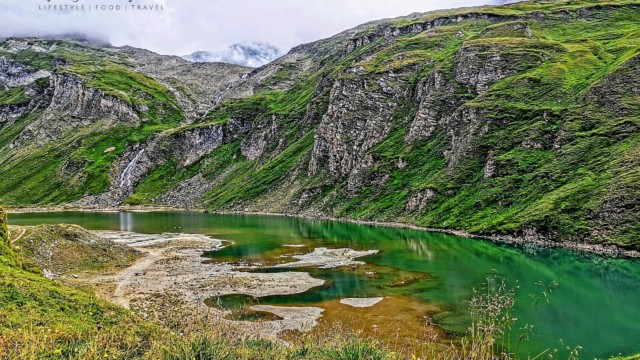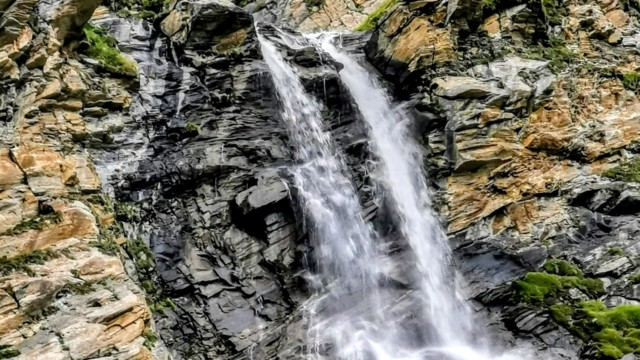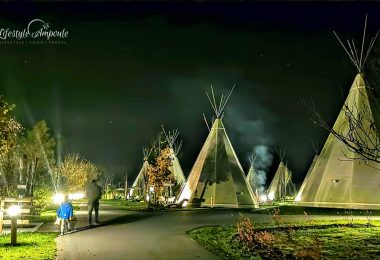Our Short Trip To Grossglockner
Grossglockner is Austria’s highest mountain and centrepiece of Austria’s largest National Park
Hikers. Walkers. History buffs. Outdoor enthusiasts. Animal lovers. World travelers planning a trip to Austria. If you consider yourself to fall within one or many of the aforementioned groups, then Großglockner – Austria’s highest mountain and centrepiece of Austria’s largest National Park – should be on your bucket list.
Großglockner is the highest mountain in Austria and the highest mountain in the Alps east of the Brenner Pass. Situated at the centre of the surrounding High Tauern National Park, Austria’s largest national park, it is part of the larger Glockner Group of the Hohe Tauern range along the main ridge of the Central Eastern Alps and the Alpine divide.
Residing on the border between the Austrian states of Carinthia and Tyrol, Großglockner is one of the most popular tourist attractions in the country, just behind Schönbrunn Palace. It’s been roughly 5,000 years since the first humans crossed the alps for trade and the search for gold, minerals, and new paths from north to south, but it has since attracted about 50 million people since it’s opening – about 270,000 vehicles and 900,000 visitors each year.
There is so much to do and see at this historic landmark, mostly revolving around the exquisite natural beauty hiding in the hills. From glaciers and waterfalls, breathtaking summit views and a variety of wild animals, museums, visitor centers, kilometre after kilometre of scenic drive, and a national park to boot – this destination has it all.
Grossglockner High Alpine Road
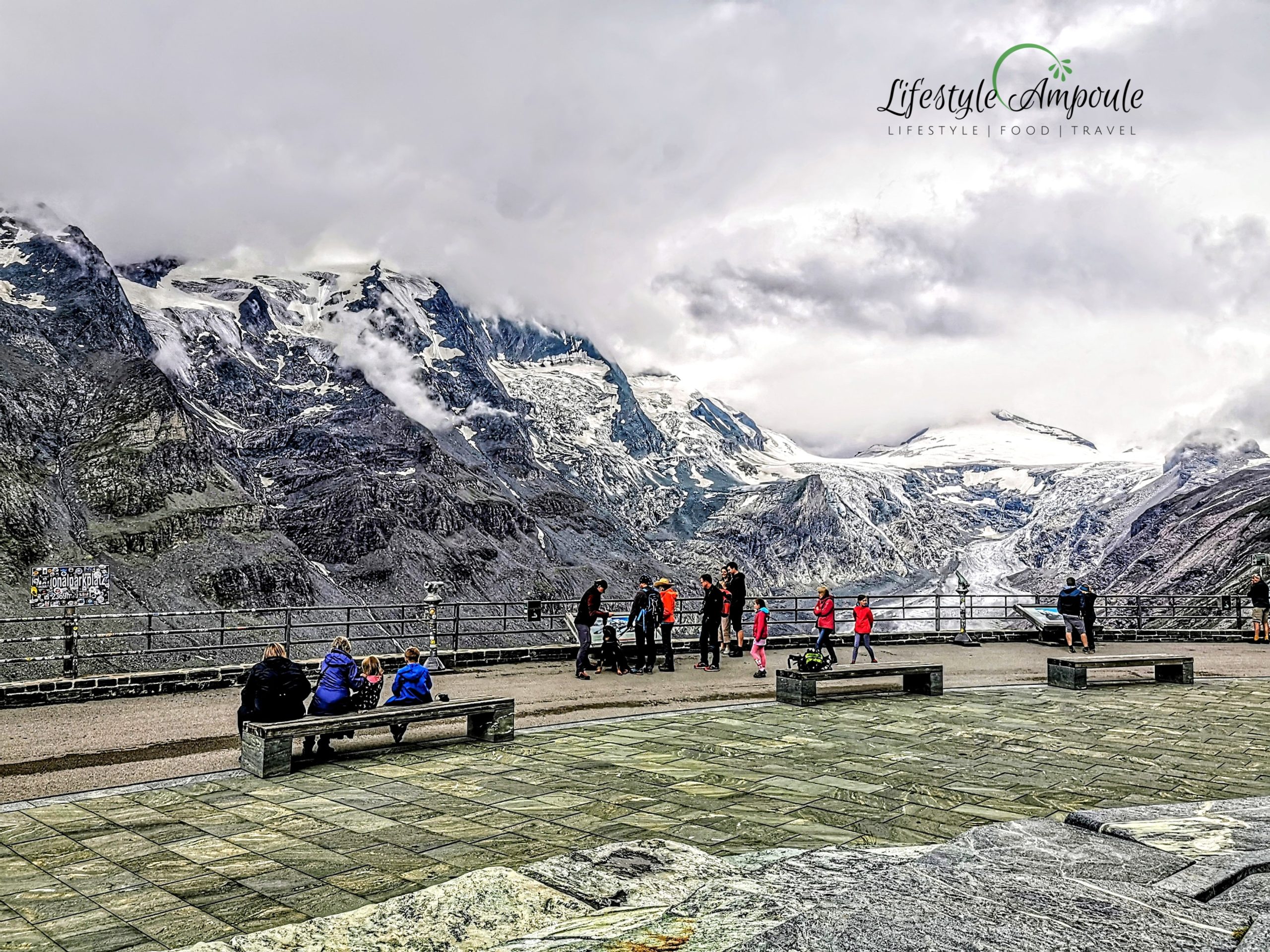
These high mountains were once reserved for skillful mountaineers only, but have since been accessible to the young and old, experienced and novice a-like. The 1935 construction of the Grossglockner High Alpine Road is what made this possible. Since it’s opening, the road has become wider, safer, and more comfortable for motorists. The mountain road blends harmoniously into the landscape, yet it has subtle comforts littered throughout, such as exhibitions and museums, huts and mountain inns, visitor centers and information points. You can take your car, motorhome, or motorcycle and enjoy the 48 kilometres of driving pleasure through the alps.
If you are planning any overnight trip, then you’ll be able to find accommodations on the Alpine Road, too. The Edelweisshütte is certainly one of the most popular mountain inn’s in the area. This rustic hut with a modern twist is on the highest point of the Alpine Road, and features comfortable rooms with private baths, log cabins, chalets, and a restaurant to refuel.
Pasterze: The Longest Glacier in the Eastern Alps
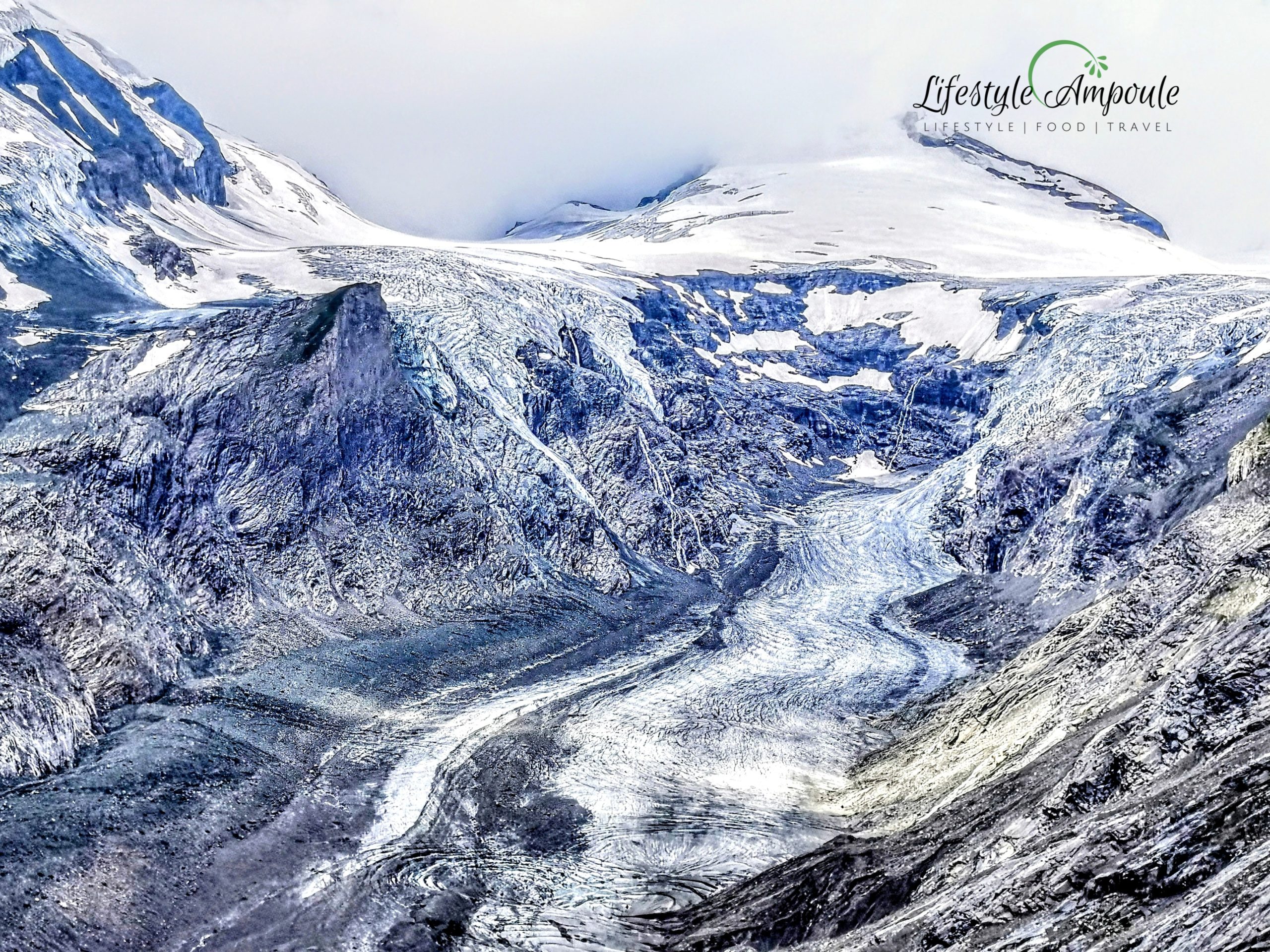
Pasterze, Großglockner
Sitting 3,798 metres above the Adriatic sea level, the Großglockner, otherwise known as Austria’s landmark, lays claim to Austria’s highest view. The view from the summit is one of the vastest horizons of all mountains in the Eastern Alps, allowing for visibility of more than 150,000 km² of the earth’s surface. One of the most awe-inspiring views below is that of the longest glacier in the Eastern Alps.
The Großglockner bears the weight of 180 km² of glacial ice on its shoulders. The Pasterze, the longest glacier in the Eastern Alps, is one of the major tourist attractions of the Großglockner, accessible via the scenic Großglockner High Alpine Road and a funicular railway that leads down to its margin.
The water, which hides in the hills in the form of ice, eventually makes its way down in the form of waterfalls. The ice melts in the spring, opening the floodgates for striking masses of water to plunge into the valley, supplying the lakes and rivers below with drinking water of the highest quality. These waterfalls provide a great show for the lucky tourist viewers, and it also propels local water mills and the hefty turbines of local hydropower stations. Not only is this pleasing to the eye, but it has healing properties for its viewers, too. The water has a great number of negative air ions that stimulate the immune system and have an alleviating and healing effect on asthmatic ailments. Sounds like a good deal to me!
Thankfully you don’t have to scale the mountain by foot with your blood, sweat, and tears, you can simply drive up to the top to reach the glacier! Park your vehicle in the free parking garage at the visitor’s center on the Kaiser-Franz-Josefs-Höhe, which is the edge of the Pasterze glacier. Stop into the center to discover more than 1,000 m² of exhibition space spread across four floors, where you can learn about the mountain and all it has to offer.
Austria’s Largest National Park: High Tauern National Park
At the base of Großglockner is Austria’s largest national park, High Tauern National Park, which stretches for more than 100km east to west, and 40 km north to south, across the provinces of Salzburg, Carinthia, and Tyrol. Großglockner dominates the landscape, overlooking the valleys of larch, spruch, and stone pine forests below. This park, founded in 1981, is home to rare plants and animals, more than three hundred 3,000 metre peaks, 342 glaciers with a total area of 130 km², and has 551 mountain lakes!
The forests, slopes, meadows and rocky regions of the park provide a thriving habitat for a variety of plants and animals, such as ibexes, chamois, marmots, vultures, and even golden eagles. You may even get lucky enough to come upon a rare Mountain Apollo.
When Should You Visit?
One of the beautiful things about this mountain is that you can visit at any time of year! There is always something that you can do, no matter the season.
The visiting hours will vary depending on the month, but generally speaking, you can expect it to be open from about 8am in the morning to about 8pm at night. The prices vary, too, depending on the type of vehicle that you are using. You could check their website for more details Grossglockner .
Please check out my other Travel articles HERE.

